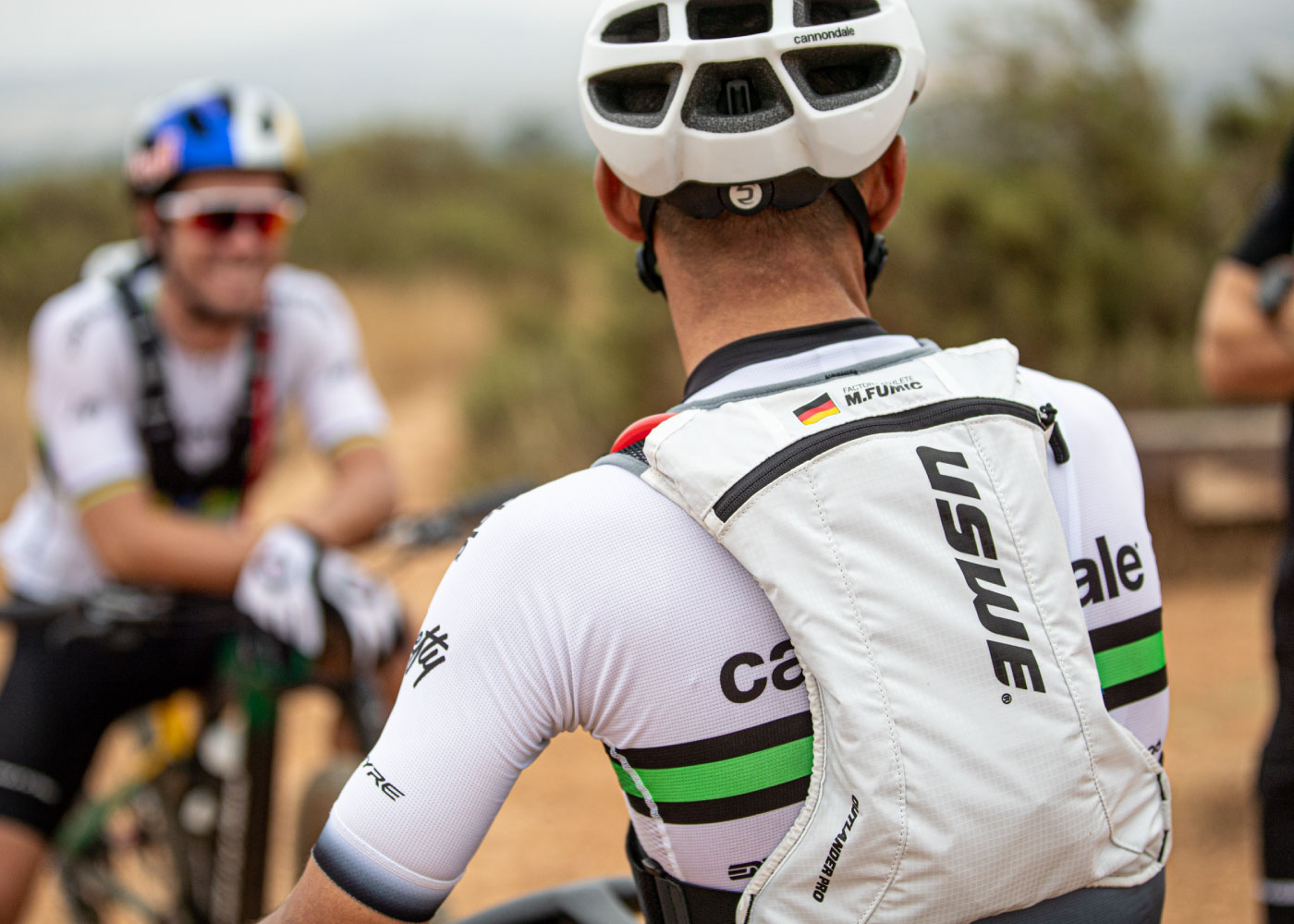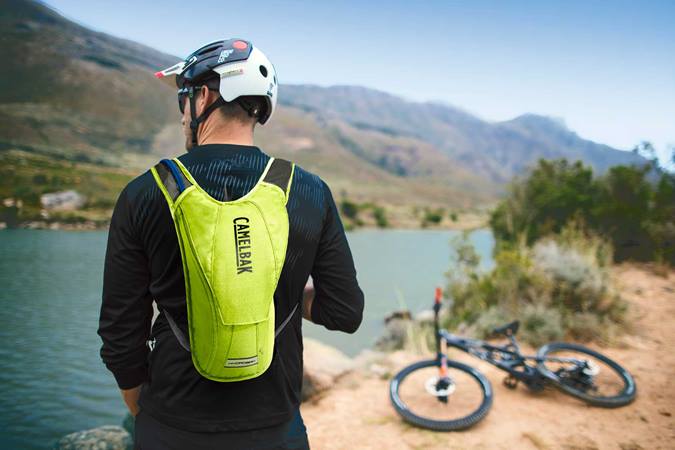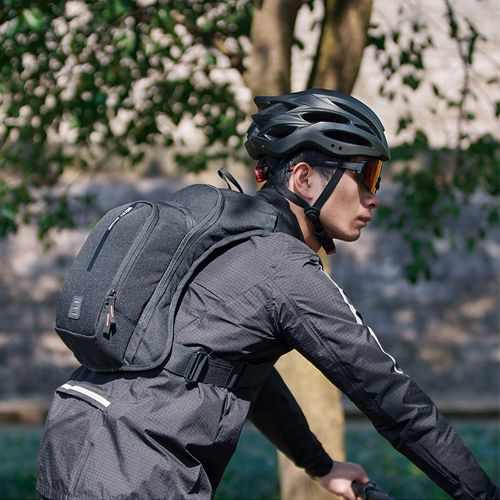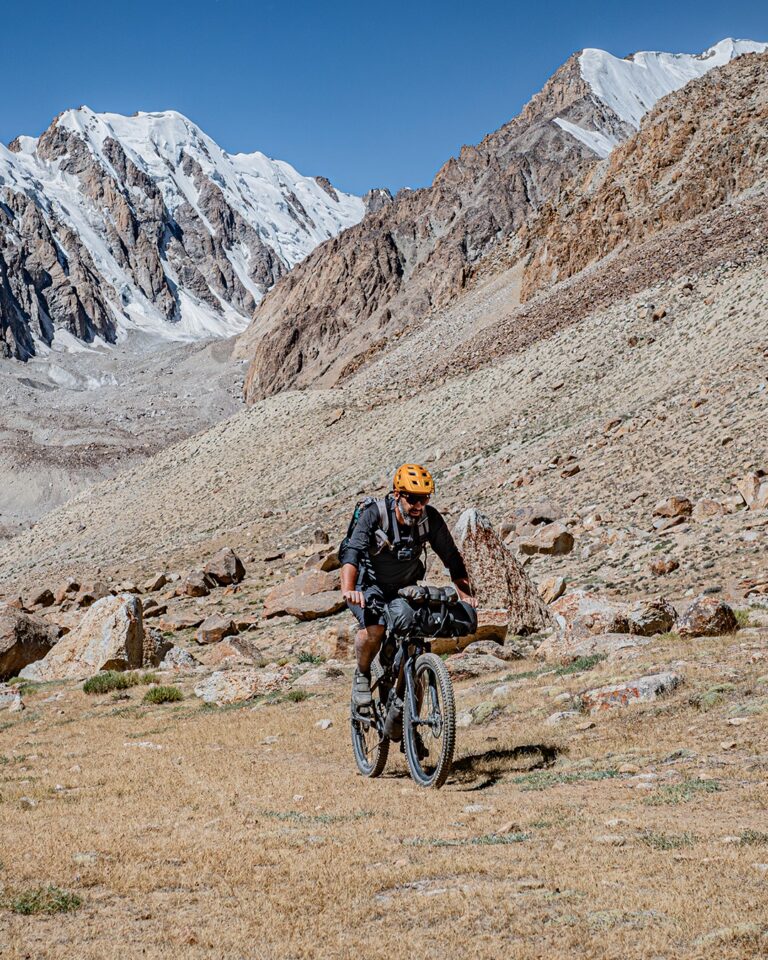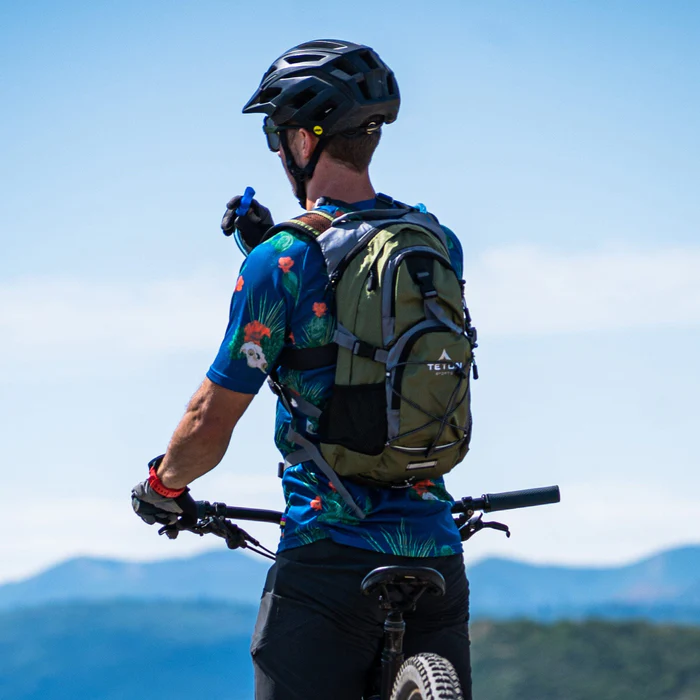Lighting Up Your Ride: Reflective Elements on Hydration Packs
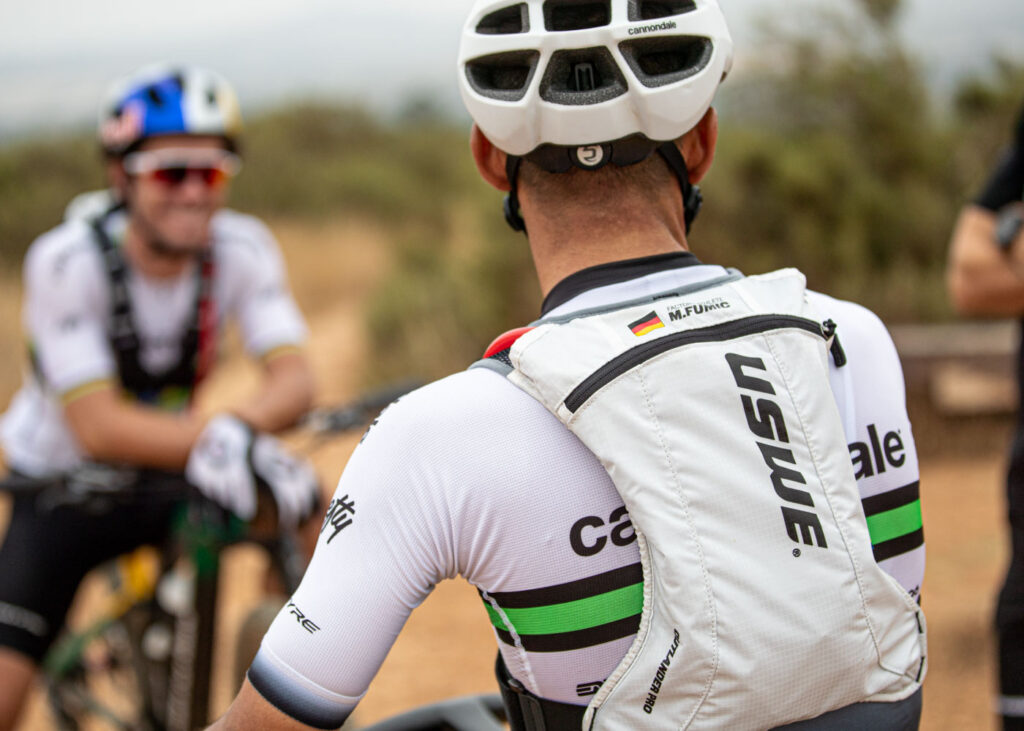
Key Point Summary of Reflective Elements on Hydration Packs:
- Importance of Visibility: Understanding the role of reflective elements in improving cyclist visibility during low-light conditions.
- Benefits of Reflective Hydration Packs: How these packs combine hydration needs with enhanced safety features.
- Personal Insights and Recommendations: Sharing my experiences with reflective hydration packs across various cycling disciplines.
Having raced and ridden in various disciplines like mountain biking, gravel biking, and cyclocross, I’ve learned the importance of staying visible and hydrated. Reflective hydration packs serve a dual purpose – they help maintain hydration and also enhance visibility, crucial for cycling safety.
Importance of Visibility
Visibility in Diverse Conditions: Reflective elements on hydration packs catch the light from vehicles and streetlights, making cyclists more visible. I remember a dusk ride when my reflective hydration pack alerted a driver to my presence, potentially averting an accident.
Benefits of Reflective Hydration Packs
Combining Hydration with Safety: These packs are designed with reflective strips or materials, alongside their primary function of holding water. They’re particularly useful for long rides where visibility and hydration are both critical. On a long gravel ride, my reflective hydration pack was a boon, ensuring I was visible to oncoming traffic on rural roads.
Variety and Comfort: Modern reflective hydration packs come in various designs, catering to different needs. Comfort is key, and many packs are designed to fit snugly, reducing the chance of shifting and maintaining balance, which I found vital during technical cyclocross courses.
Personal Insights and Recommendations
Choosing the Right Pack: Look for packs with strategically placed reflective elements. Ensure it has enough capacity for your hydration needs and fits well. I prefer packs with adjustable straps and breathable materials, which offer comfort even on the most challenging trails.
Maintenance Tips: Regular cleaning is important. I often wipe down the reflective areas to keep them visible and check for any wear and tear.
Additional Safety Measures: While reflective hydration packs enhance visibility, I pair them with other safety gear like lights and reflective clothing, especially when riding in low-light conditions.
Manufacturers offering reflective hydration packs include well-known brands such as CamelBak, Nathan, DAKINE, High Sierra, Thule, and Osprey. These brands provide a variety of hydration packs designed to enhance visibility for outdoor activities like cycling. CamelBak, for instance, is particularly notable for its range of hydration packs that feature reflective elements, catering to different user needs, from casual cyclists to hardcore athletes. Each of these brands has a reputation for quality and innovation in outdoor gear, offering products that combine functionality with safety features like reflectivity.
- CamelBak: The CamelBak Hydrobak Light 50 oz. Hydration Pack is known for its lightweight design and reflective accents for increased visibility.
- Nathan: The Nathan QuickStart 2.0 4 Liter Hydration Pack features 360-degree reflectivity for enhanced safety.
- DAKINE: The Dakine Drafter 14L Hydration Pack comes with breathable features and reflective details for visibility.
- High Sierra: The High Sierra HydraHike 2.0 Hydration Backpack is designed for visibility with reflective components.
- Thule: The Thule UpTake 8L Hydration Pack includes a hose and reflective elements for safer biking.
- Osprey: Osprey Seral 7 Bike Hydration Waist Pack combines comfort with reflective features for increased safety.
FAQ
What is the difference between a daypack and a hydration pack?
A daypack is a general-purpose backpack designed for carrying various items during day-long outings or short trips. It typically includes compartments for snacks, clothing, and other essentials. On the other hand, a hydration pack is specifically designed for hydration, with a built-in reservoir or bladder to hold water and a tube for easy drinking while on the move.
Hydration packs may have less overall storage space compared to daypacks and are often used for activities where staying hydrated is a priority, such as long-distance cycling or hiking.
Which brand of hydration pack is the best?
The best brand of hydration pack often depends on individual needs and preferences, including factors like capacity, fit, durability, and additional features. However, brands like CamelBak, Osprey, and Salomon are frequently recommended for their quality and functionality.
CamelBak is renowned for its wide range of hydration packs catering to different activities, Osprey is praised for comfort and ergonomic design, and Salomon is favored for lightweight and streamlined packs suitable for running and biking. Ultimately, the best choice varies based on specific requirements and personal preferences.
Are hydration packs worth it?
Yes, hydration packs are generally worth it for many cyclists and outdoor enthusiasts. They offer a convenient way to carry water and stay hydrated, especially during long rides or in areas where water sources are scarce.
Hydration packs also often include additional storage space for essentials and can be more comfortable and stable than carrying water bottles, as they distribute weight evenly across the back. For activities like mountain biking, hiking, or long-distance cycling, a hydration pack can be a practical and efficient hydration solution.
Concluding Thoughts
Reflective hydration packs are an excellent investment for cyclists at all levels. They enhance visibility, a key aspect of cycling safety while fulfilling the essential need for hydration. Based on my experiences, choosing the right pack can significantly improve your riding experience, offering peace of mind regarding both visibility and hydration needs.
John
